Kinky, coily, and textured hair is beautiful, diverse, and healthy. Yet, people often face stereotypes and uninformed comments about how their hair looks. Comments like "your hair looks dry" or "you need to comb your hair" can feel dismissive and reflect a lack of understanding about textured hair. These remarks are not just casual observations; they are rooted in deeper societal biases that perpetuate narrow beauty standards.
It’s time to break down these biases and shine a light (or should I say sheen?) on why these stereotypes exist—and why they’re simply wrong. Let’s explore what makes textured hair unique, how to maintain its natural beauty, and why it’s crucial to reframe the narrative around kinky hair.
The Misunderstood Texture: Healthy vs. "Dry" Hair
It’s common for people with textured hair to be told that their hair looks "dry" or "unkempt." This is often because kinky and coily hair reflects sheen rather than shine, which can look different from straight or wavy hair types. However, this misunderstanding perpetuates a false notion that all hair needs to conform to a single standard of health and beauty.
The truth is, the appearance of textured hair doesn't always indicate its health. Textured hair is naturally less reflective than straight hair, which may give it a duller appearance to the untrained eye—but dullness does not equate to unhealthiness. Healthy textured hair has its own unique characteristics, including volume, fullness, and a natural sheen. When people comment on it looking "dry" or suggest it needs to be "combed," it's based on a misunderstanding of how healthy textured hair truly looks and feels.
Bias and Stereotypes: Where Do These Comments Come From?
Society often holds standards for hair beauty that don't consider the diversity of textures. Historically, "neat" hair has often been associated with straight, smooth, and shiny hair. But this definition of beauty fails to celebrate the characteristics of kinky, coily, or afro-textured hair. That’s why you’ll often hear comments like:
- "It looks like your hair needs moisture."
- "You should comb it to make it look tamed."
These statements are rooted in a lack of understanding of the natural properties of textured hair. For those with kinkier hair textures, hair may not lay flat or reflect a high level of shine, but this doesn’t mean it’s not beautiful, well-maintained, or moisturized. In fact, most people with textured hair take great care to keep their hair nourished and healthy through protective styling, deep conditioning, and the use of moisturizing products.
Shine vs. Sheen: A Key Difference
One of the biggest misconceptions about hair health is understanding the difference between shine and sheen. Let’s break it down:
- Shine is the way light bounces off a smooth surface. It’s commonly seen in straight or wavy hair because the flat, smooth strands easily reflect light, resulting in a glossy appearance. This shine is often perceived as the "ideal" standard of healthy hair in mainstream media, setting an unrealistic expectation for all hair types.
- Sheen, on the other hand, is a softer, more diffused glow that reflects light in a less intense way. Textured hair has a unique cuticle structure that doesn’t lay flat like straight hair, meaning it absorbs and disperses light differently. This results in a sheen rather than a high-gloss shine. Sheen can be seen as a healthy glow that enhances the natural curl pattern and adds a radiant touch to textured hair.
It’s crucial to understand that both shine and sheen can be indicators of healthy hair. Textured hair, with its natural curl pattern and structure, benefits from moisturizers that enhance sheen and keep the hair soft, bouncy, and hydrated.
How to Maintain Sheen and Health in Textured Hair
The goal of many people with kinky or coily hair is to maintain a healthy sheen and ensure their hair stays well-nourished. While textured hair may require a different approach to hair care than straight hair, it doesn’t mean it’s harder to care for—it just means finding the right routine for your specific needs. Here are some tips for enhancing your hair’s natural glow:
-
Deep Condition Regularly
Deep conditioning is a cornerstone of textured hair care, as it keeps your strands hydrated and enhances their natural sheen. For those who want to add intense moisture and restore their hair's softness and shine, try our Restore Intense Deep Treatment. This treatment is infused with natural ingredients to rebalance moisture levels, leaving your hair feeling soft, manageable, and glossy. Regular deep conditioning helps combat any dryness and gives your hair a healthy, radiant look. -
Seal in Moisture with Oils and Butters (or Lightweight Moisturizers for Finer Strands)
One of the keys to maintaining sheen is sealing in moisture. Products with herbal and natural ingredients work wonders to lock in hydration, reduce frizz, and promote a soft sheen. If you have drier textures, our Supple Twisting Butter is perfect for adding intense moisture to your curls. For finer hair textures that require a lighter product, our Nourish Moisturizing Cream delivers intense hydration without weighing down your strands. Nourish smooths and seals the cuticles, leaving your hair soft, shiny, and manageable for days on end, while also providing the perfect prep for a long-term protective style. -
Use a Leave-In Conditioner for Extra Moisture
A good leave-in conditioner helps maintain the natural curl pattern and adds long-lasting moisture to your hair. Our Enrich Leave-In Conditioner is designed to smooth, seal, and strengthen each strand while promoting length retention. The lightweight formula helps to keep your curls defined and enhances the sheen without leaving any build-up or residue. It’s an essential step in any textured hair care routine for maintaining softness and glow. -
Protective Styles for Sheen and Health
Opting for protective styles is a great way to minimize damage, reduce breakage, and help your hair retain moisture. Styles like twists, braids, or updos help your hair take a break from daily manipulation and allow it to grow and flourish. With regular use of moisturizing and sealing products, protective styles can help maintain your hair’s health and sheen while letting it shine in its own beautiful way.
Changing the Narrative Around Textured Hair
It’s time to challenge and change the stereotypes and biases around textured hair. Comments about kinky hair being "unkempt" or needing to be "combed" stem from an outdated perspective that doesn’t honor the beauty and uniqueness of textured hair. By educating about the differences between shine and sheen, we can help shift the conversation toward a more inclusive and appreciative understanding of hair health and beauty.
For those who experience negative comments about their hair, remember that your hair is an extension of your unique identity. It tells a story of your culture, individuality, and personal care journey. Your hair is vibrant, beautiful, and healthy just as it is—and the way it looks is a reflection of your personal style, culture, and the care you put into maintaining it.
Embrace your natural sheen, celebrate the uniqueness of your hair, and let it be a source of pride and empowerment.
Embrace your beauty. Believe in You. Keep The Faith!
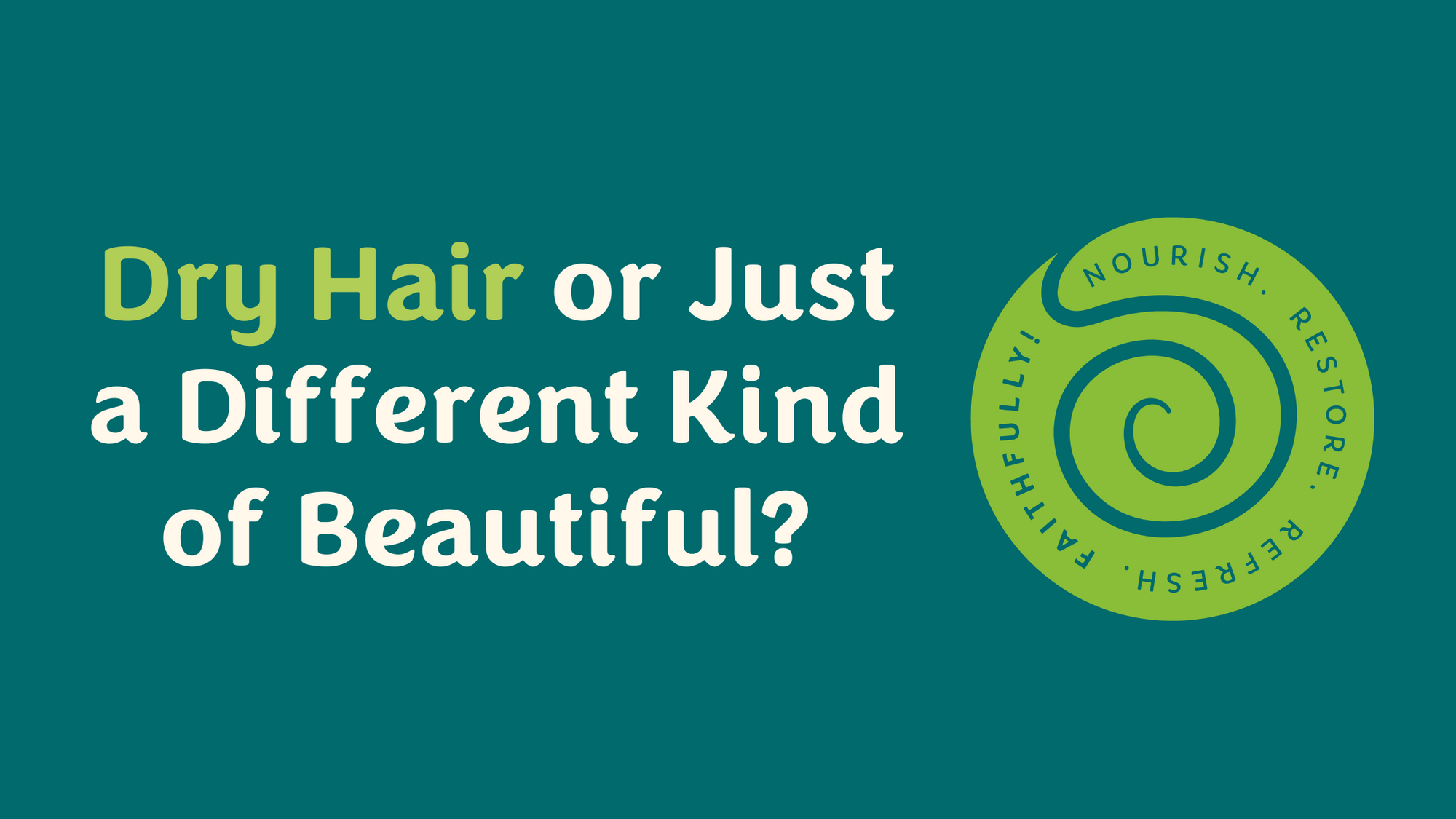


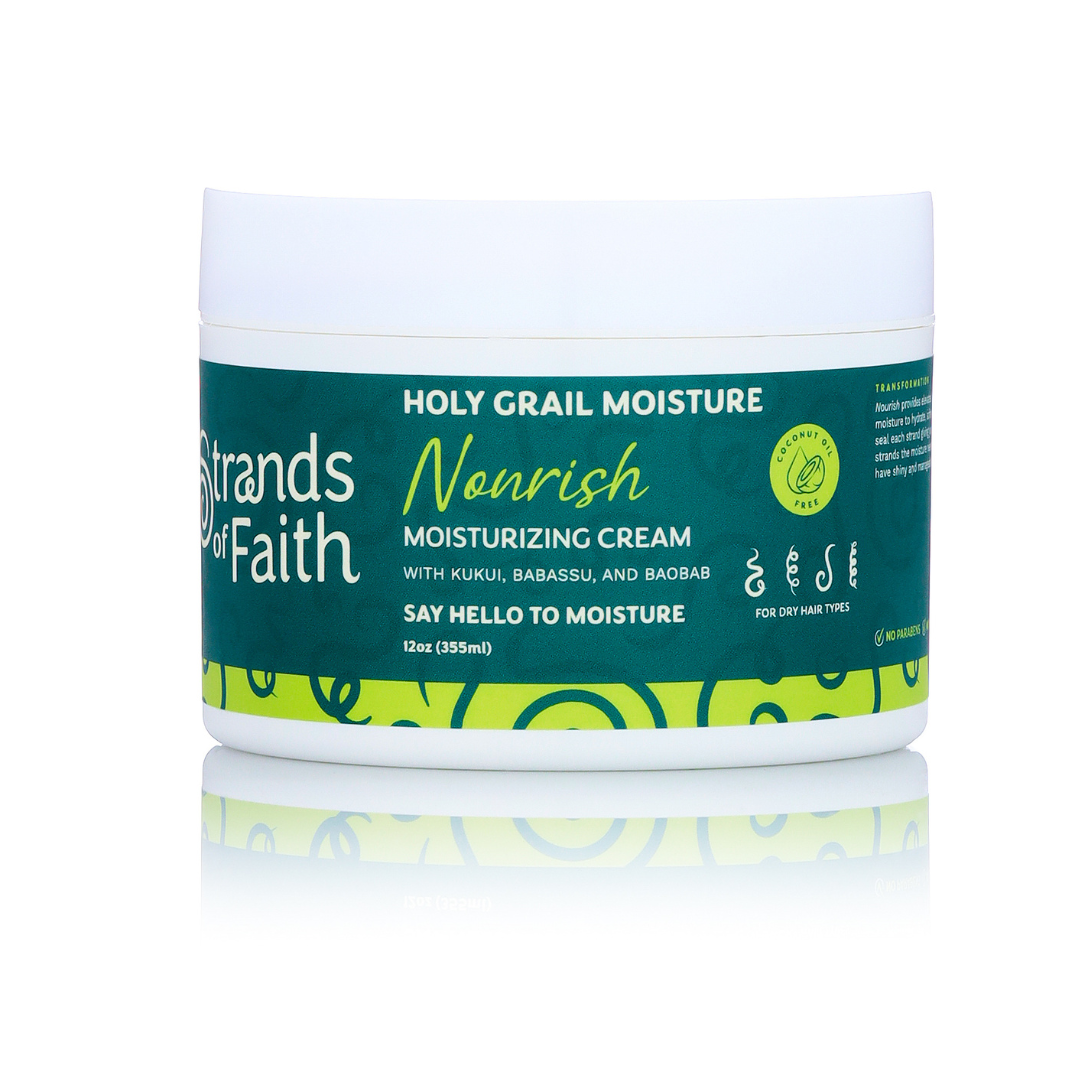
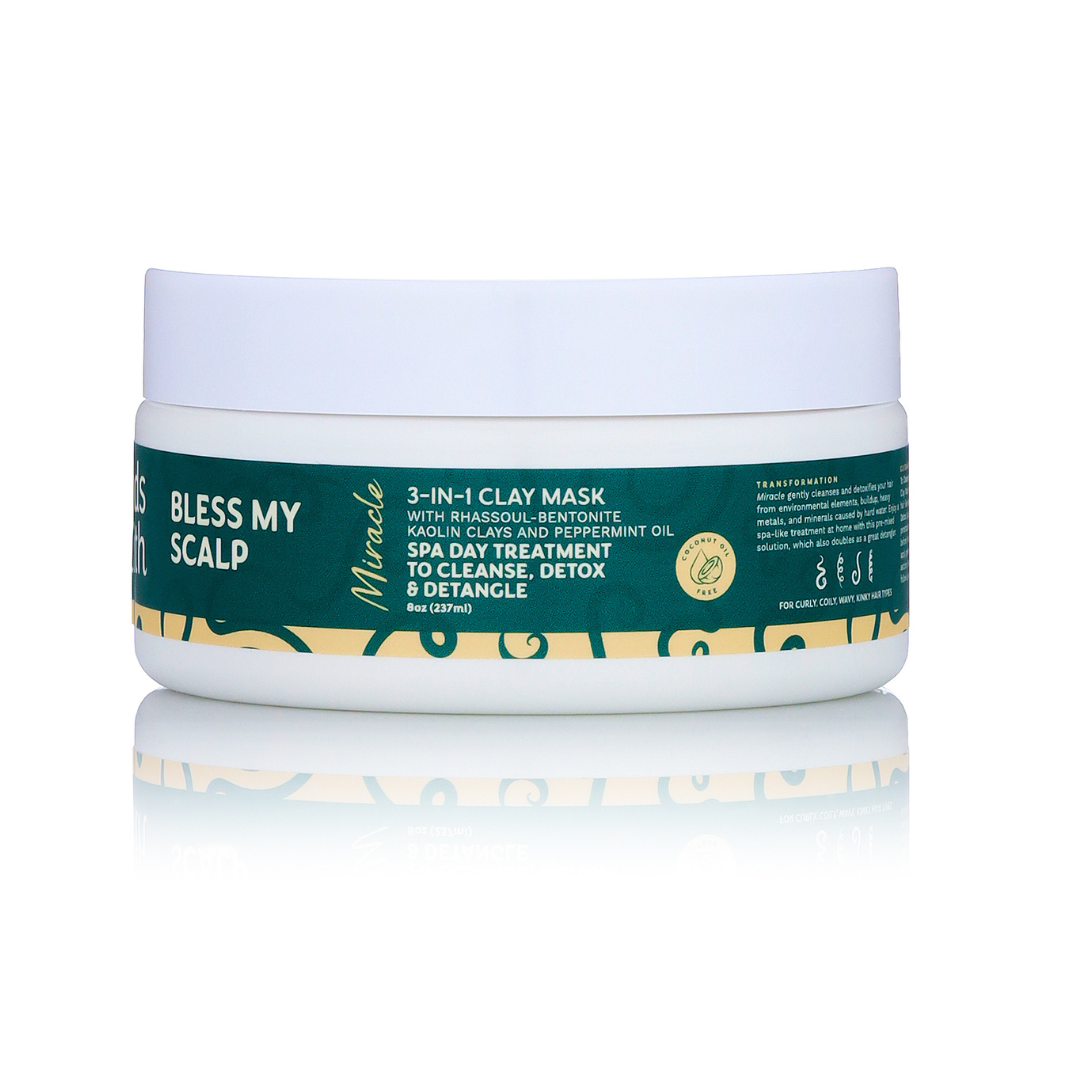
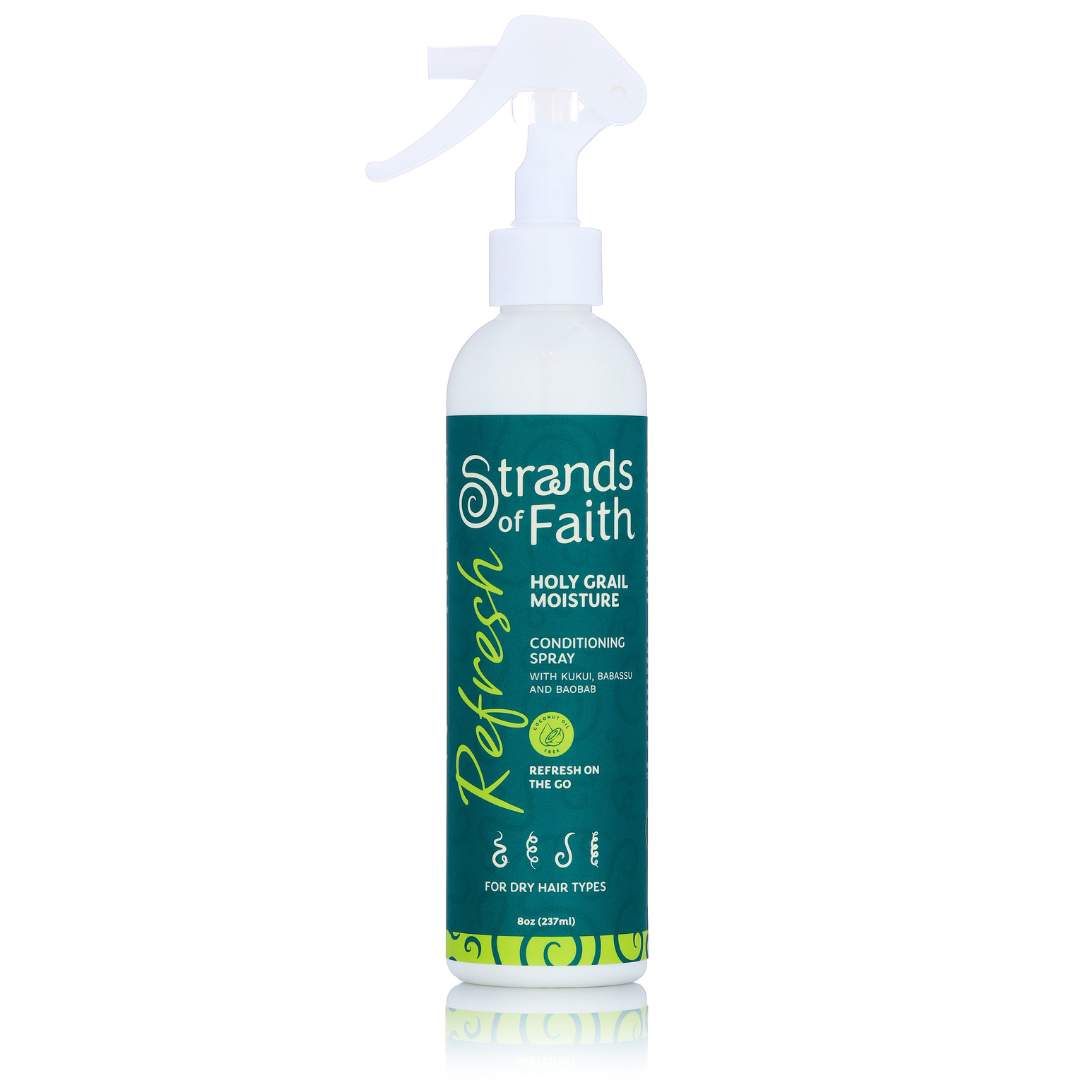
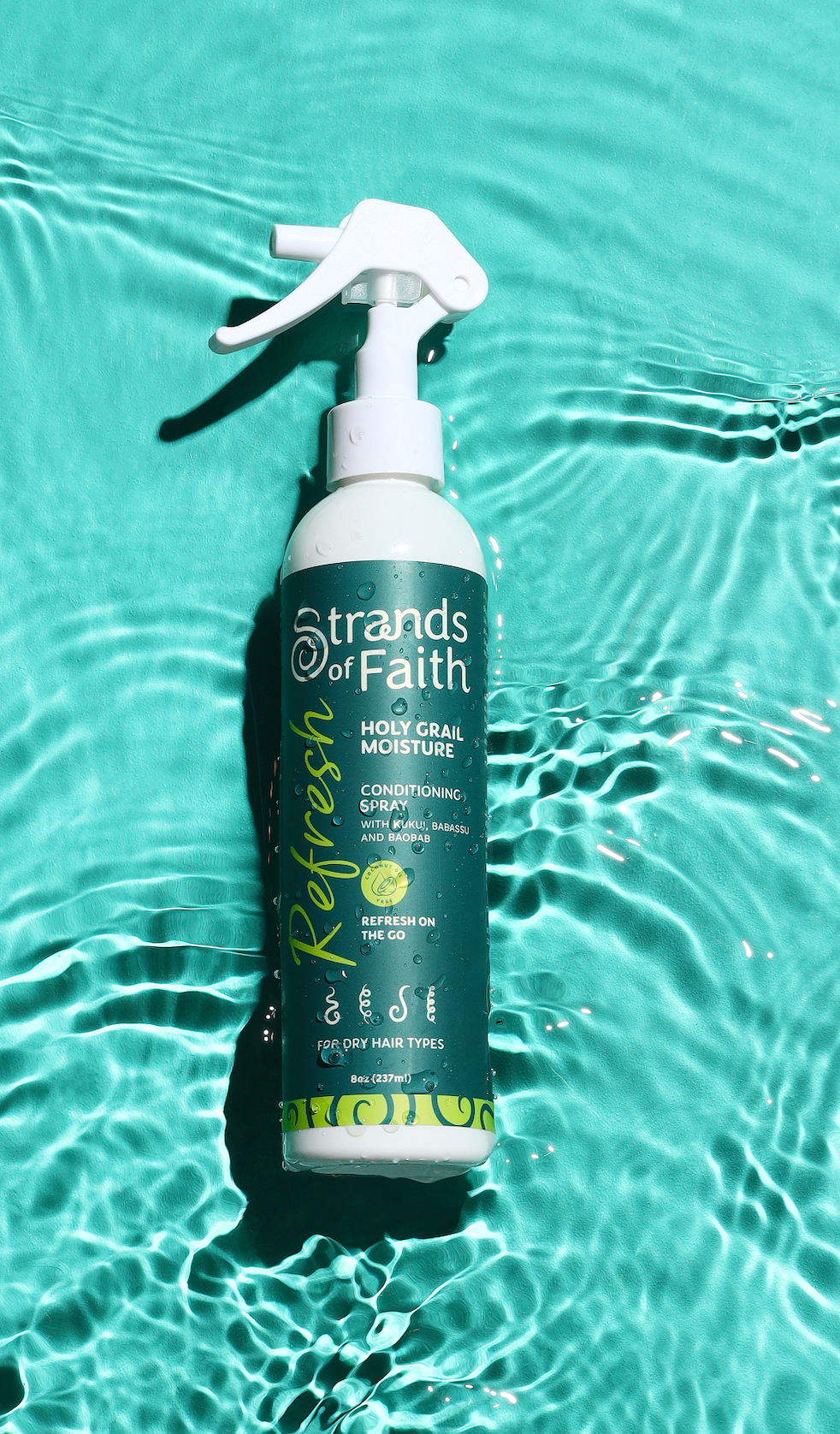
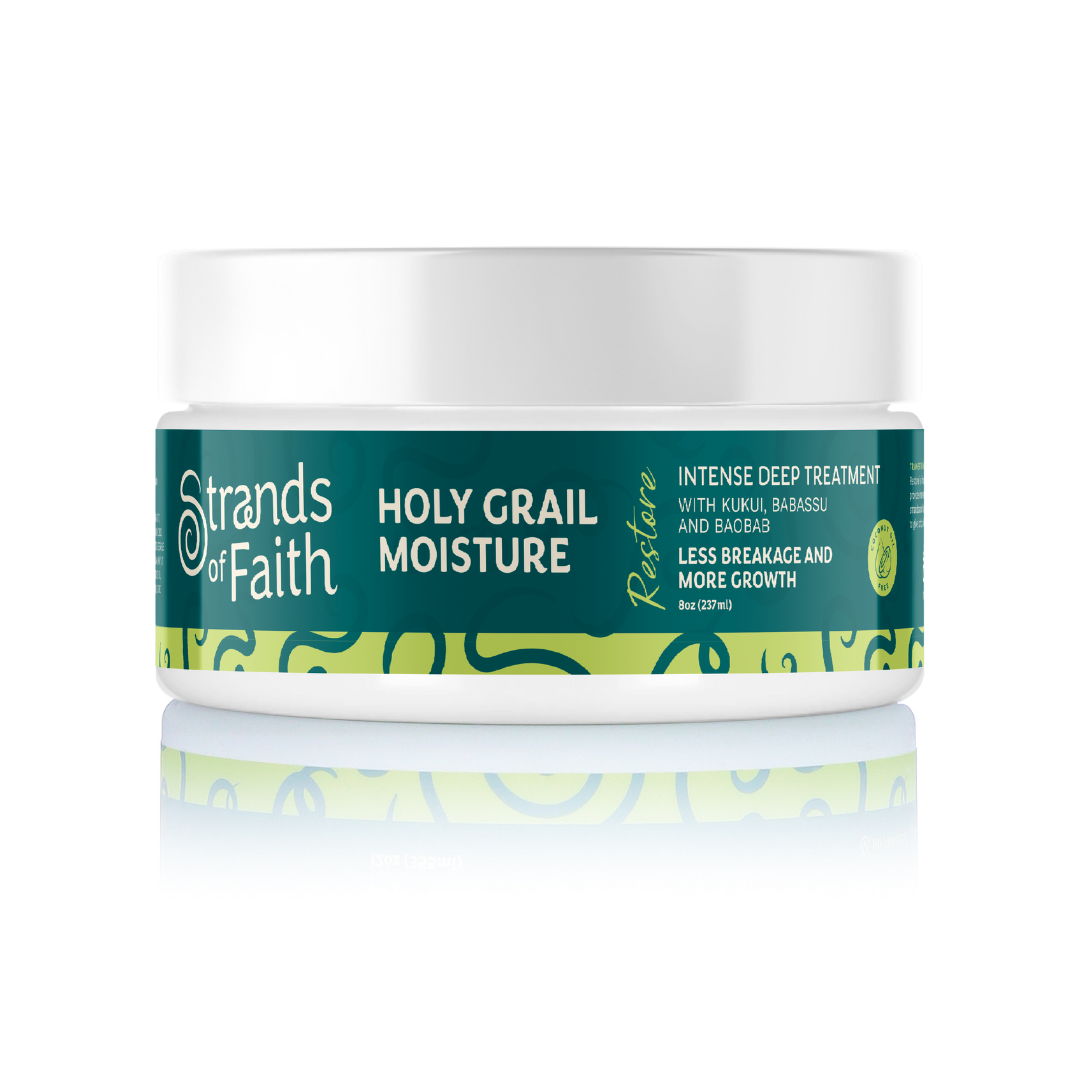
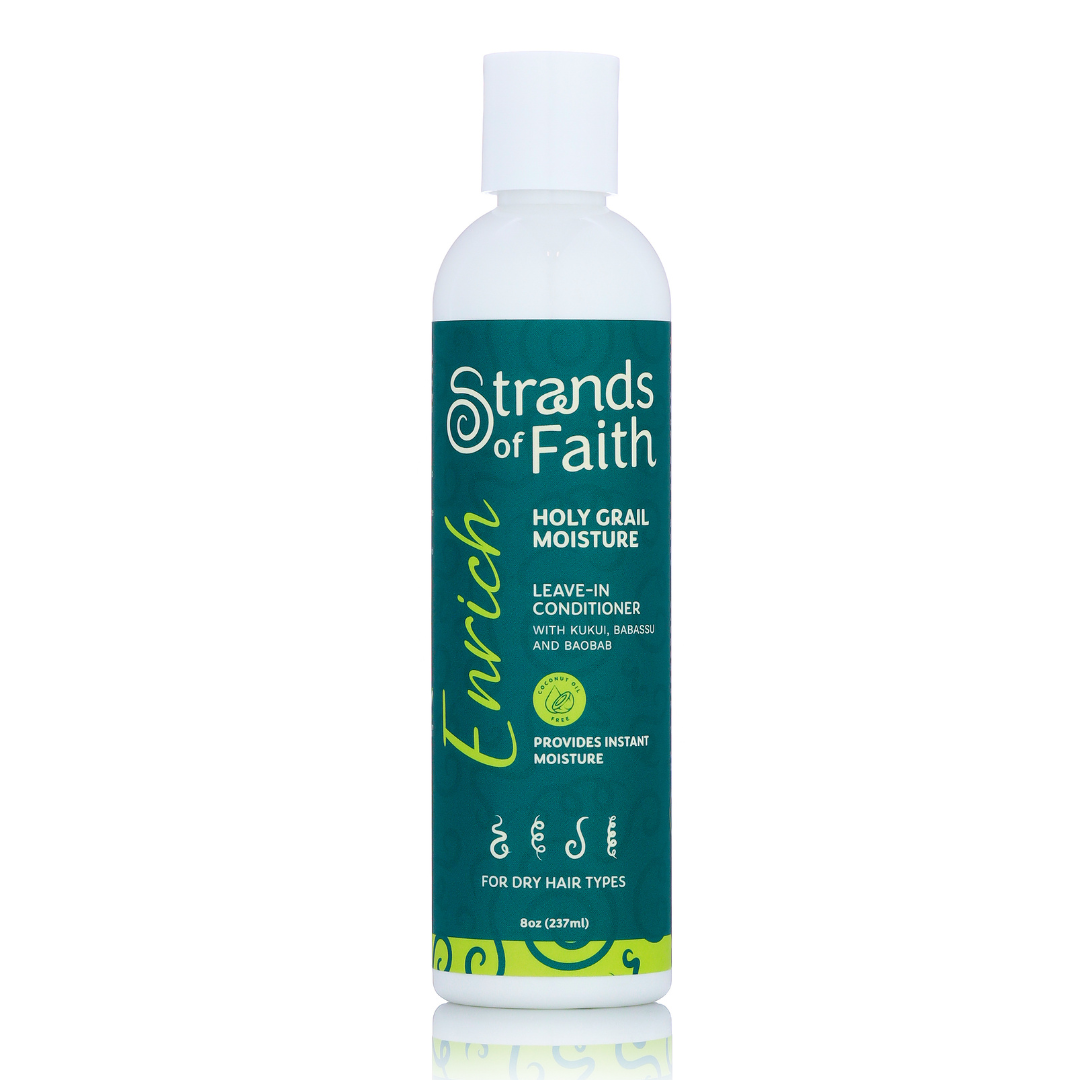
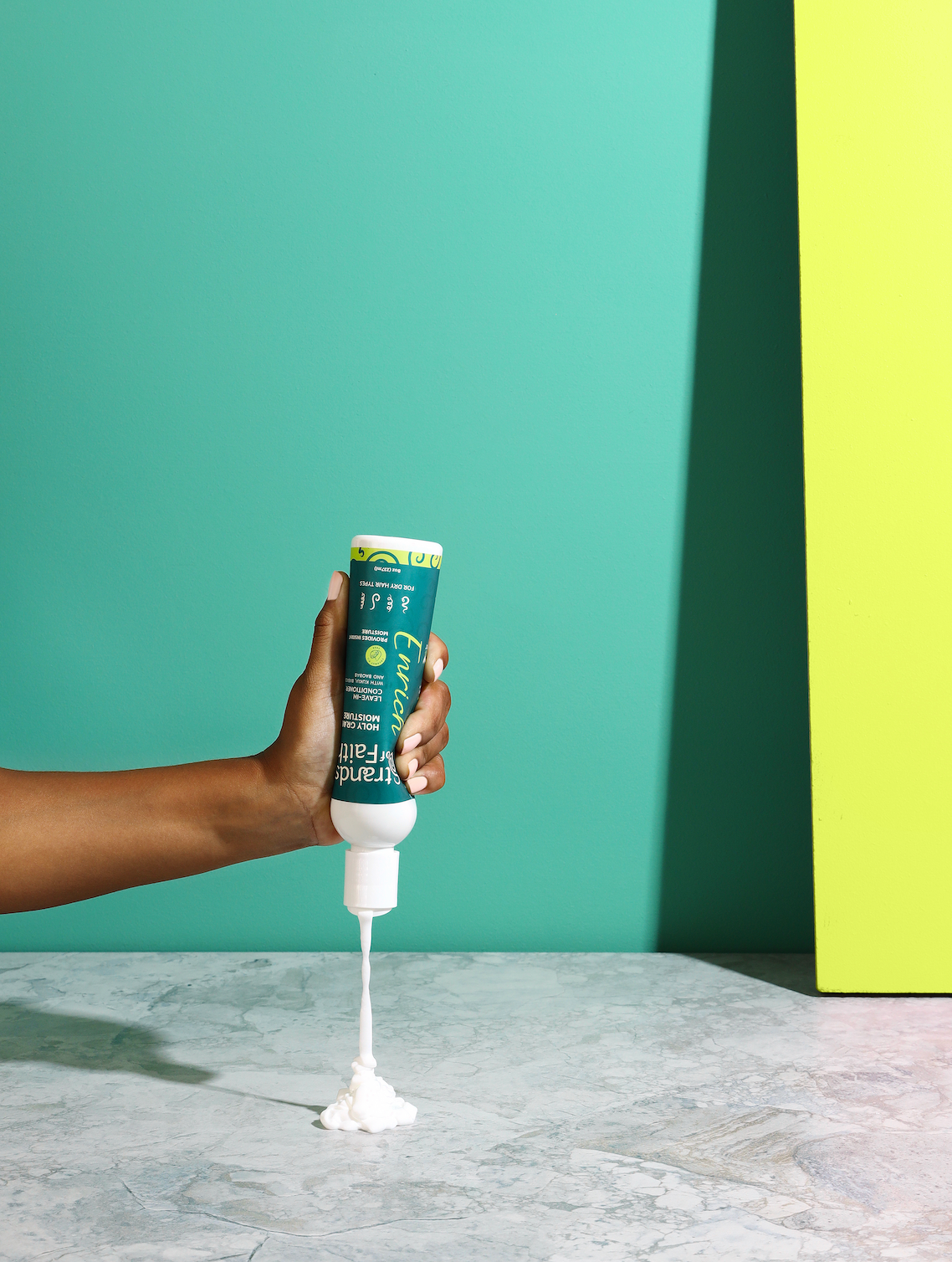
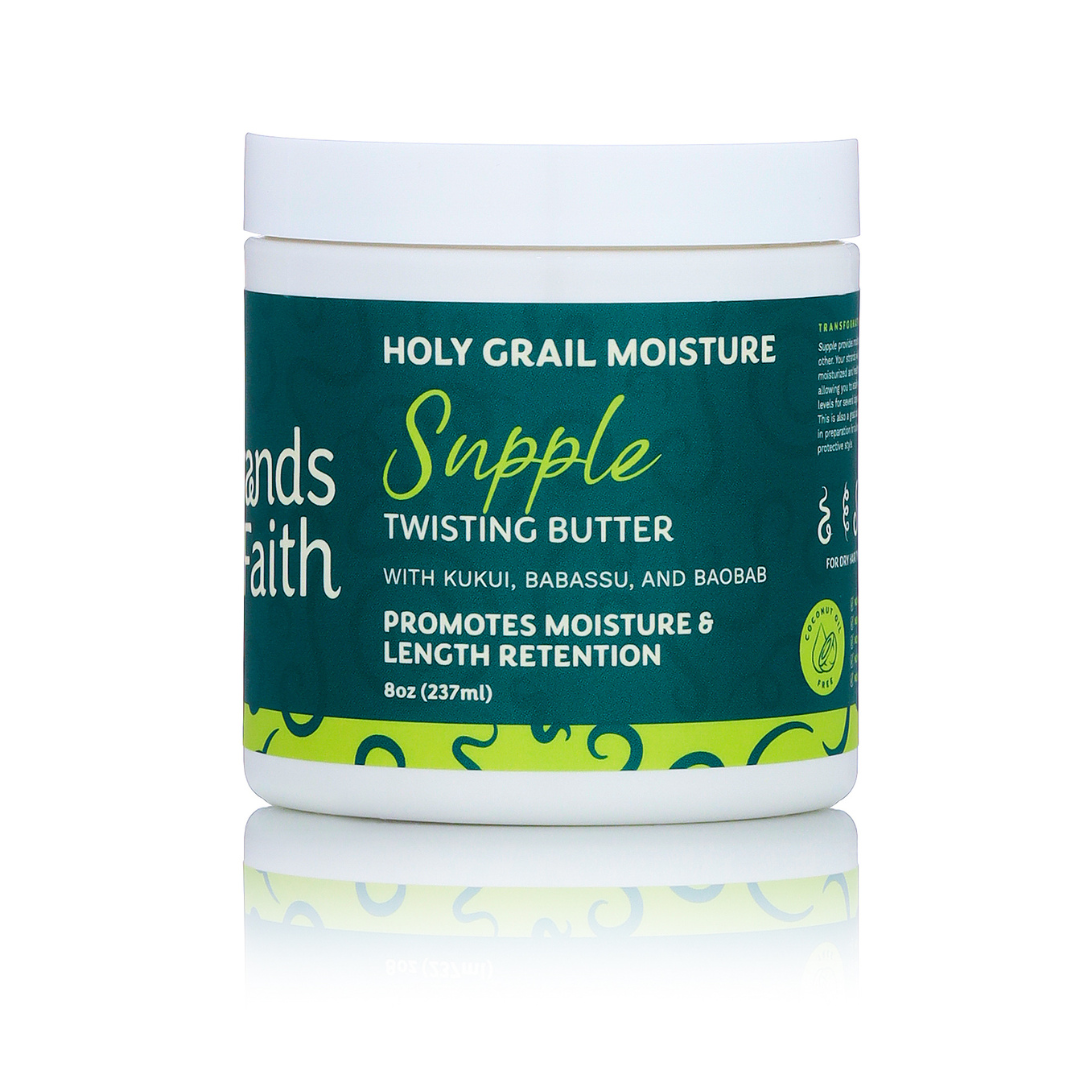
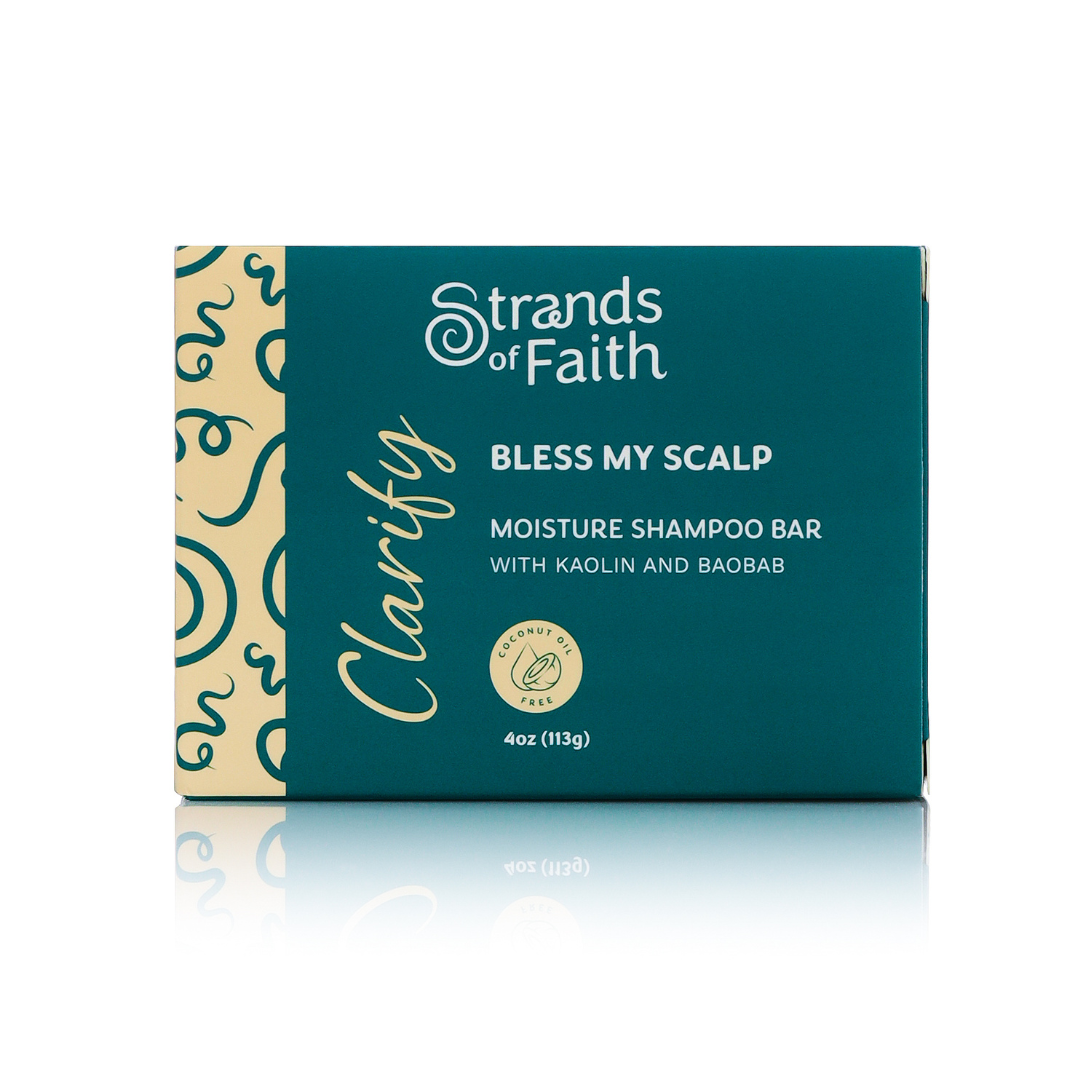
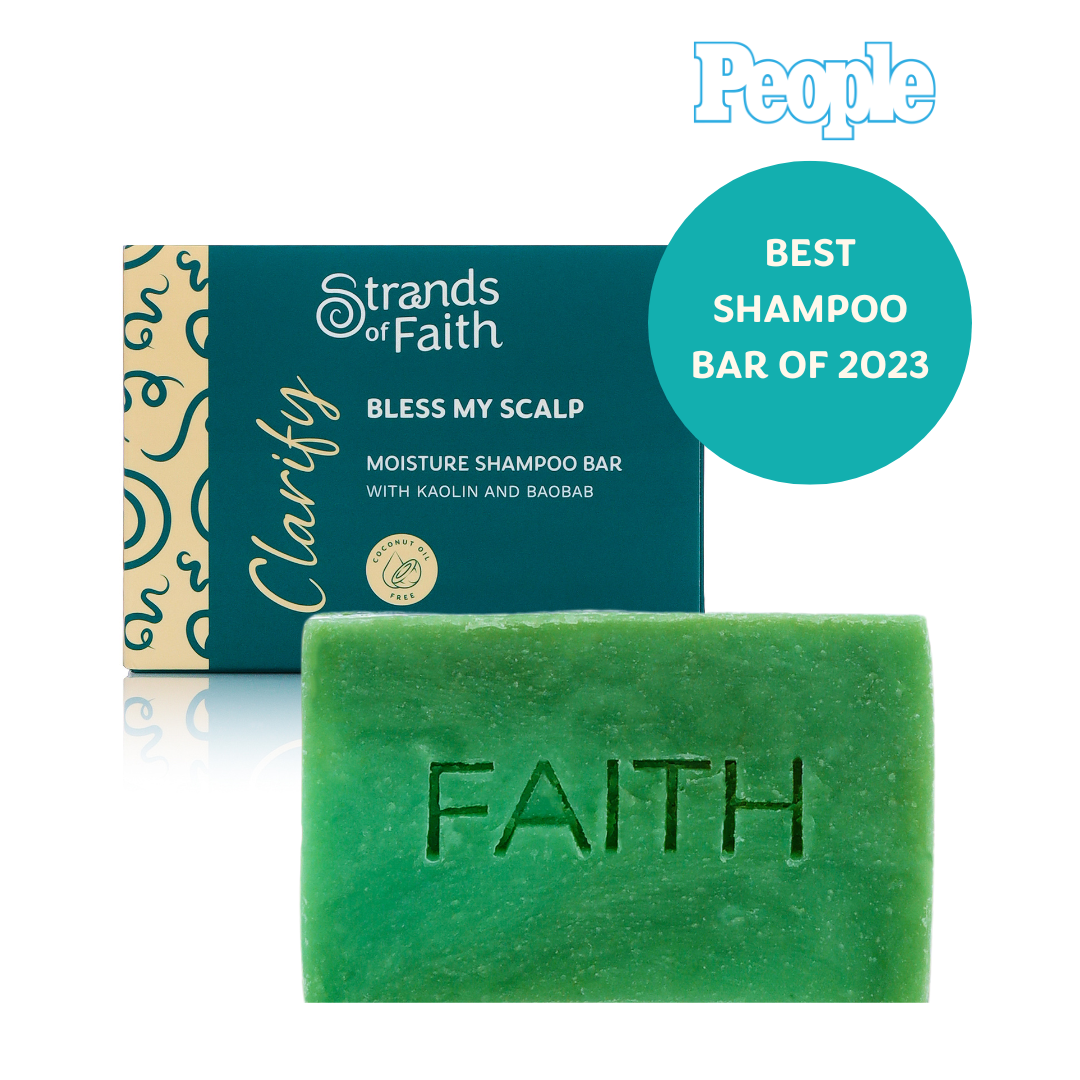
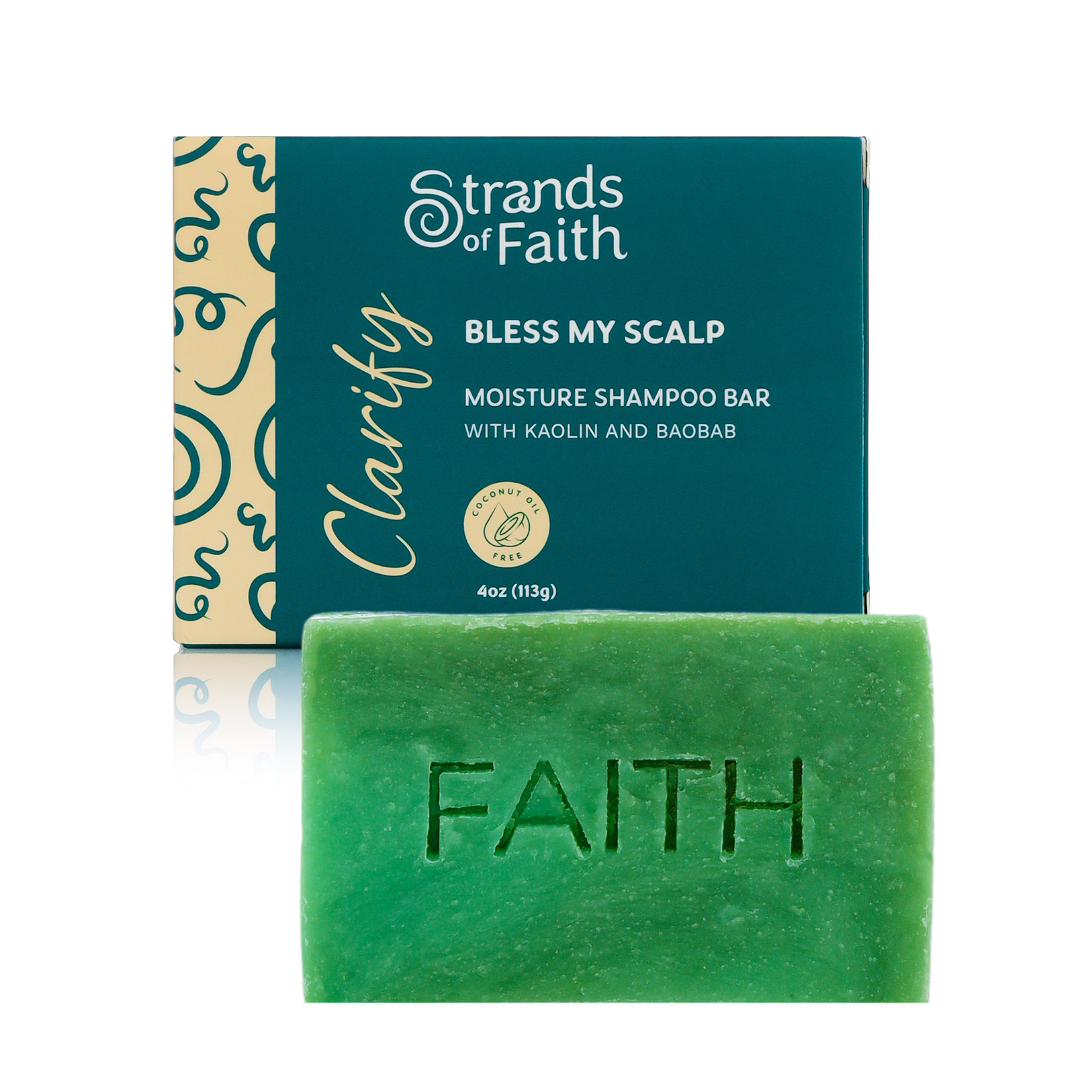
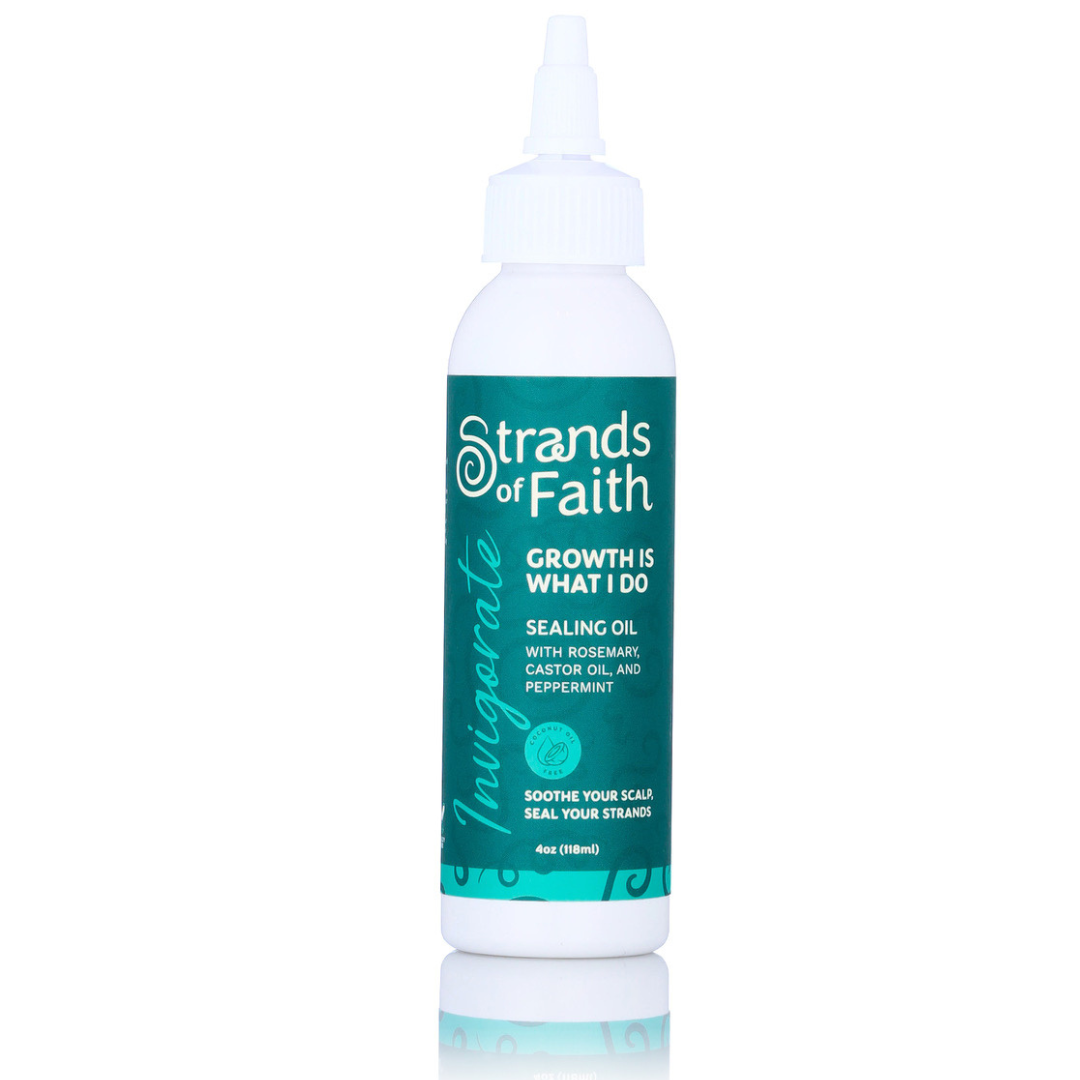
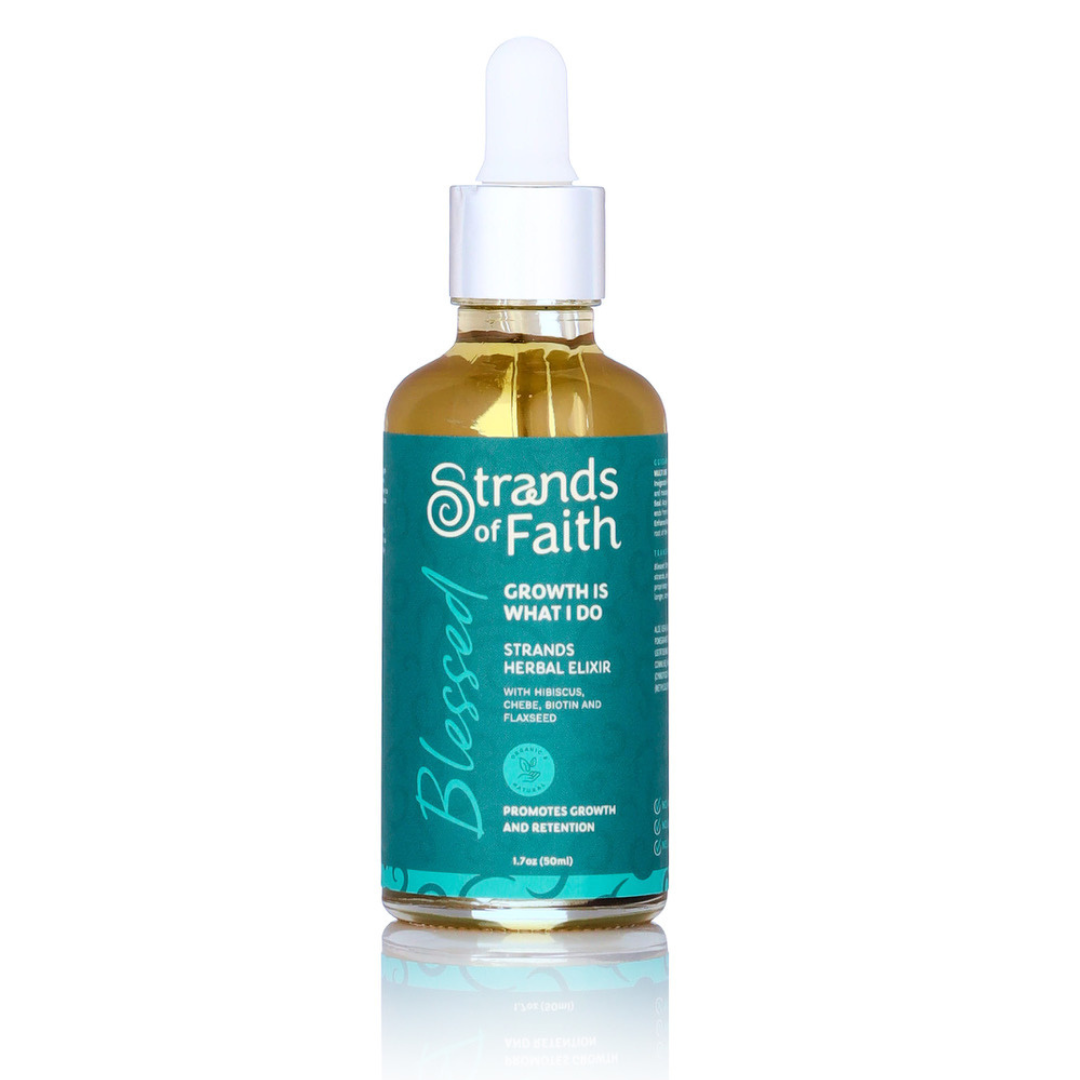
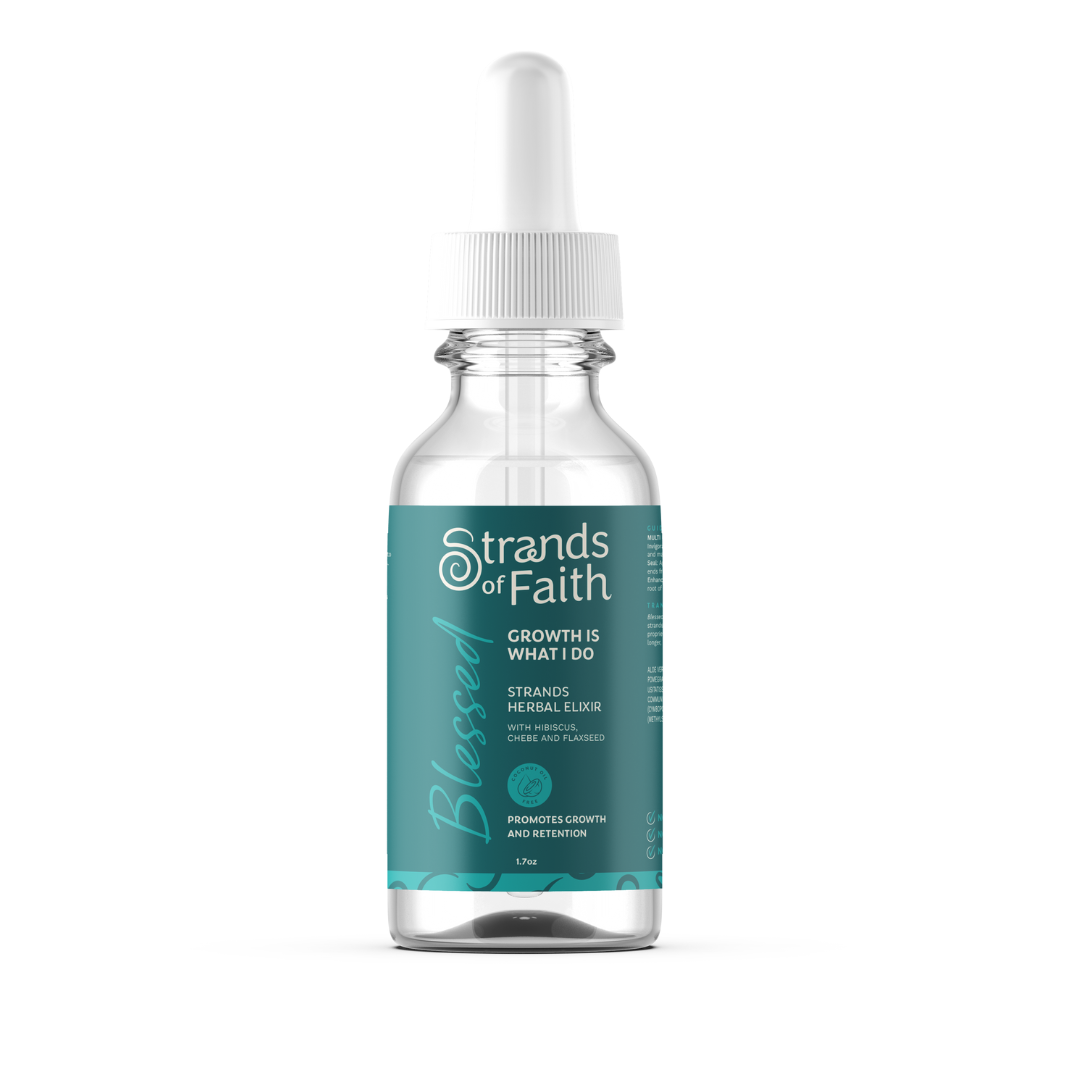
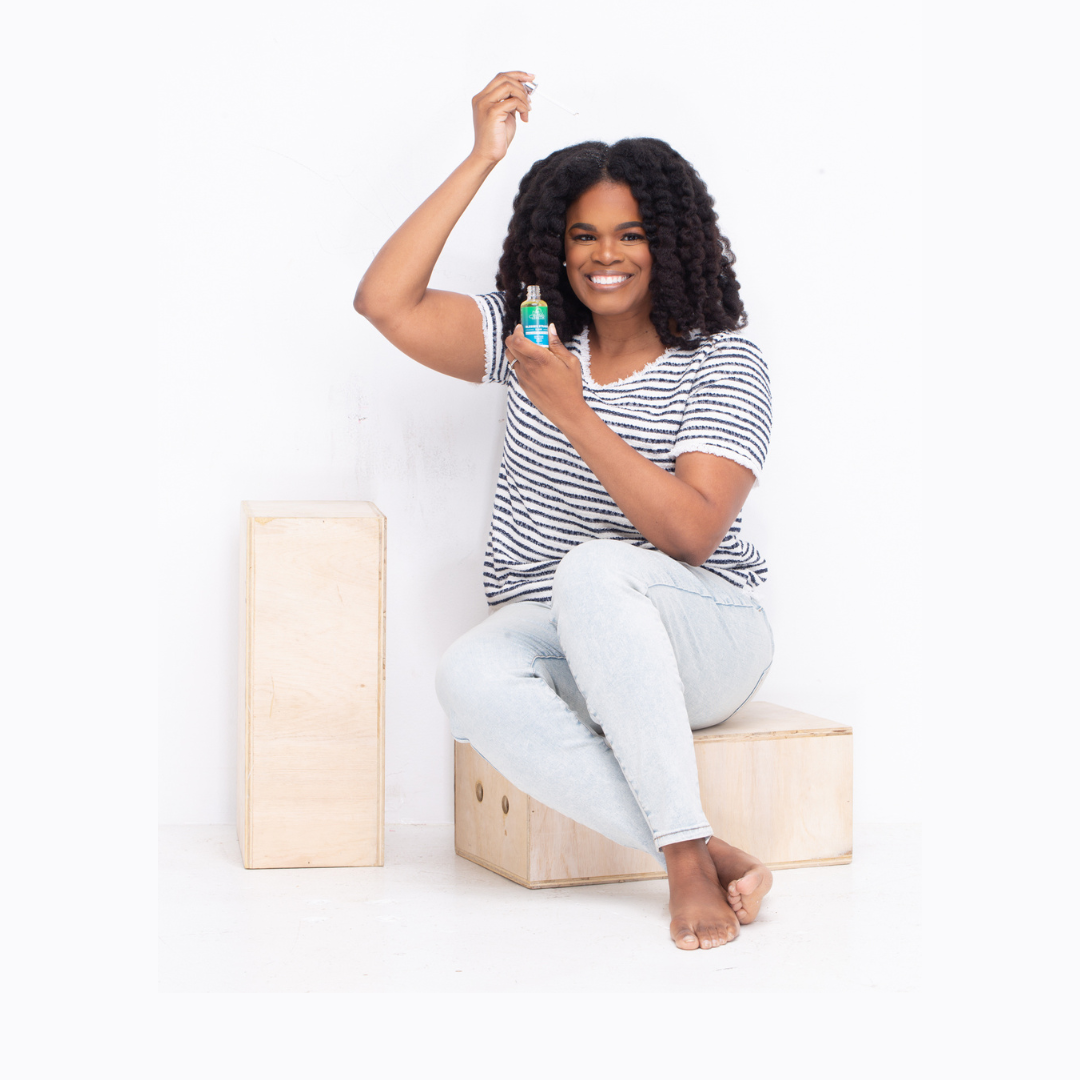
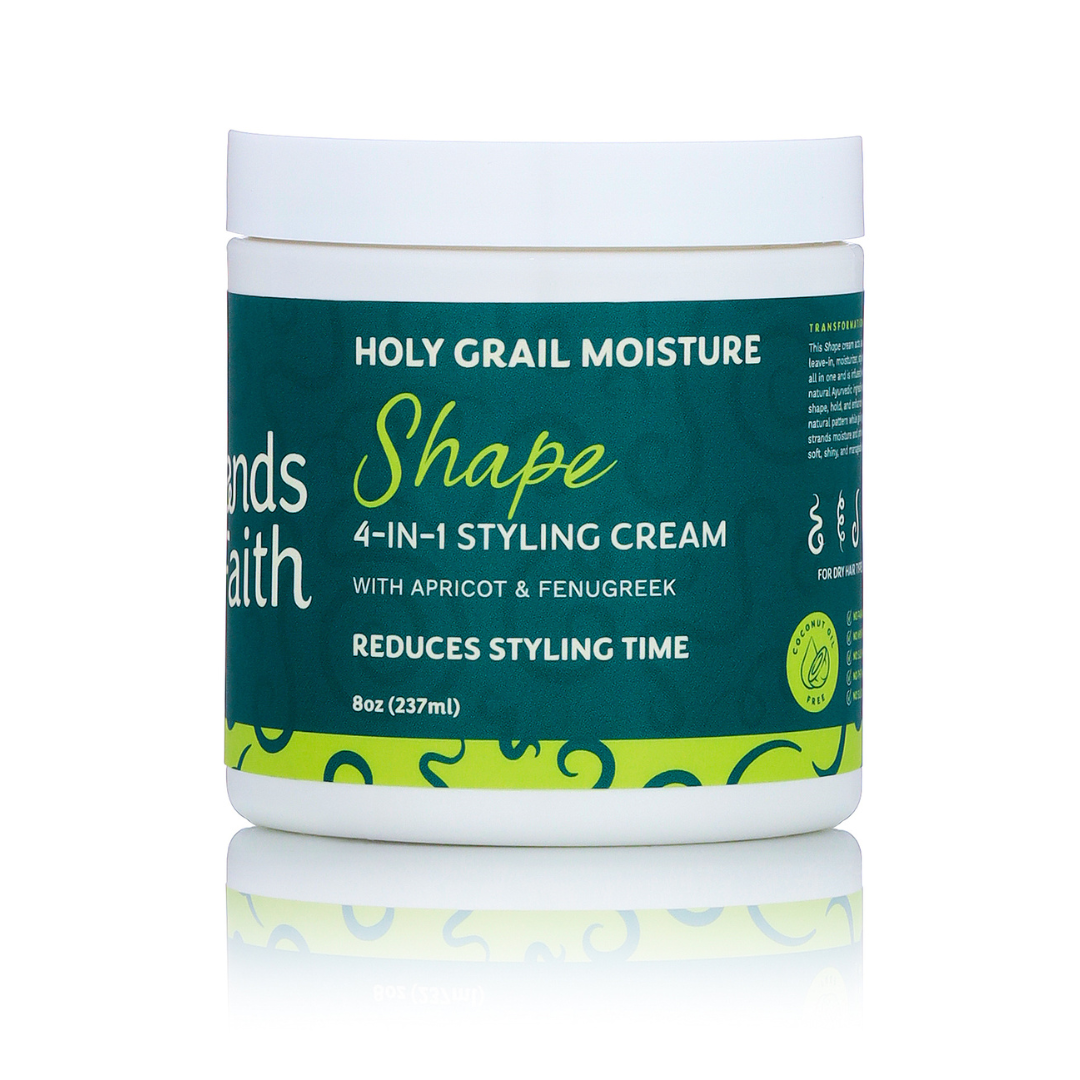
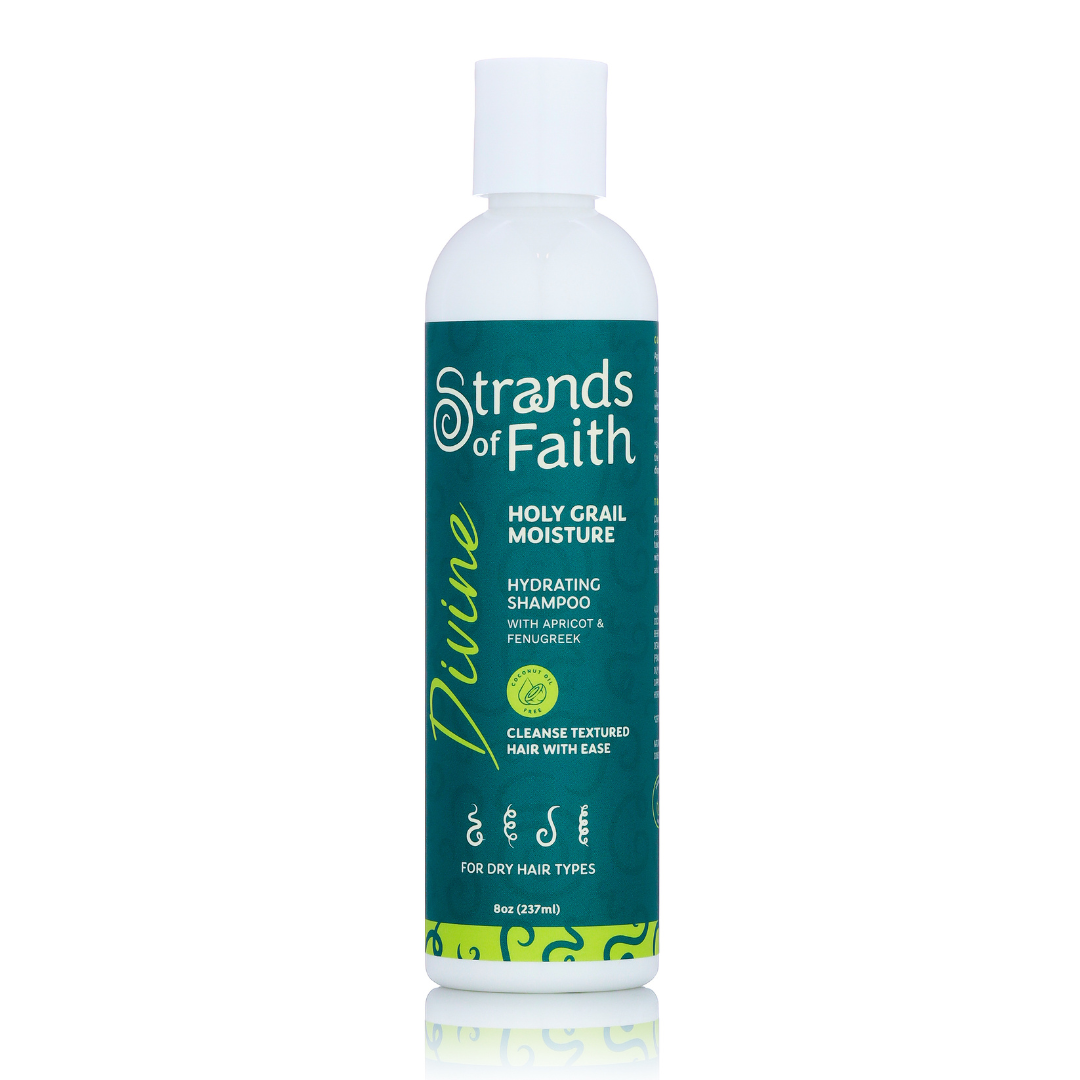
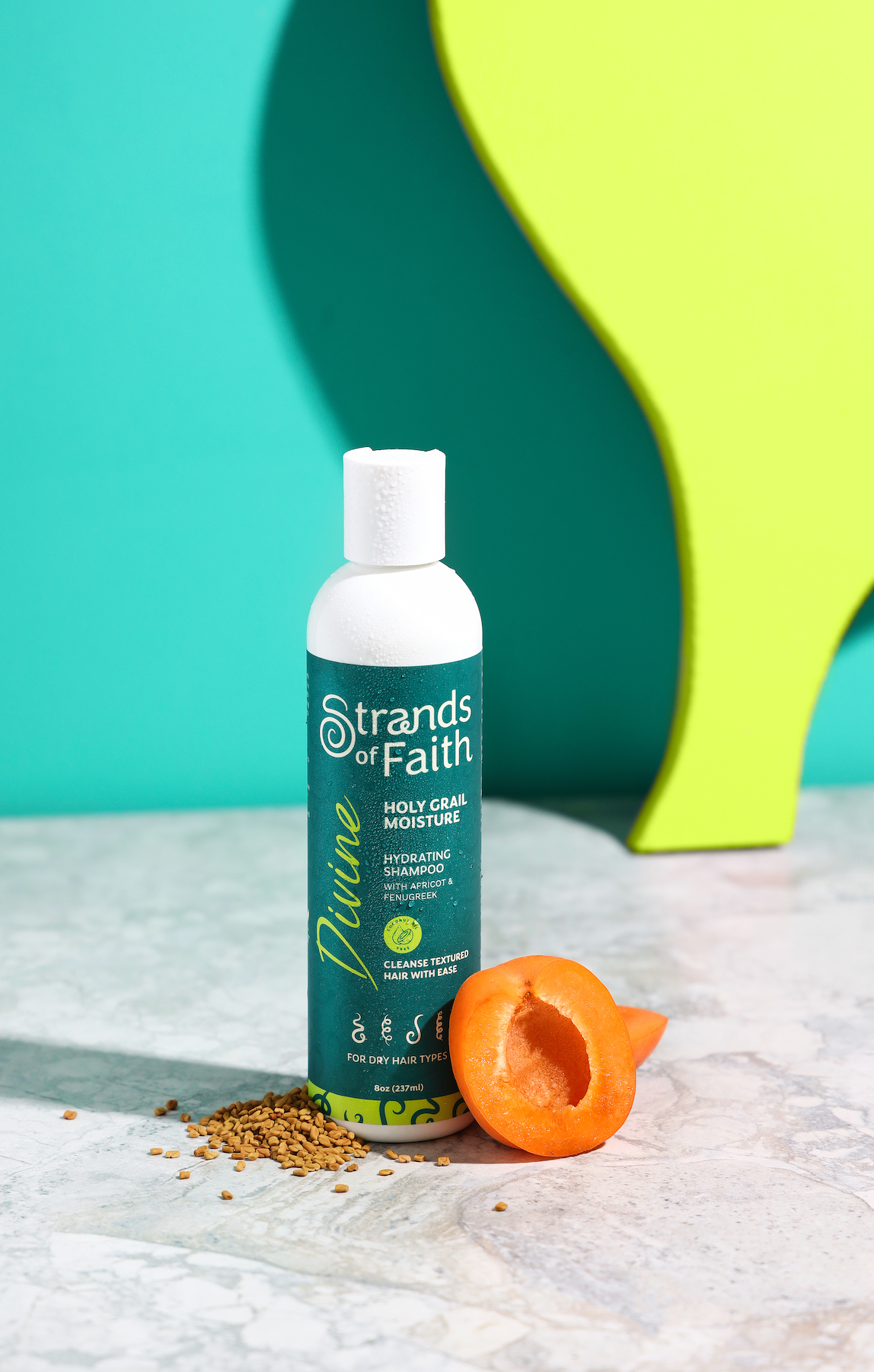
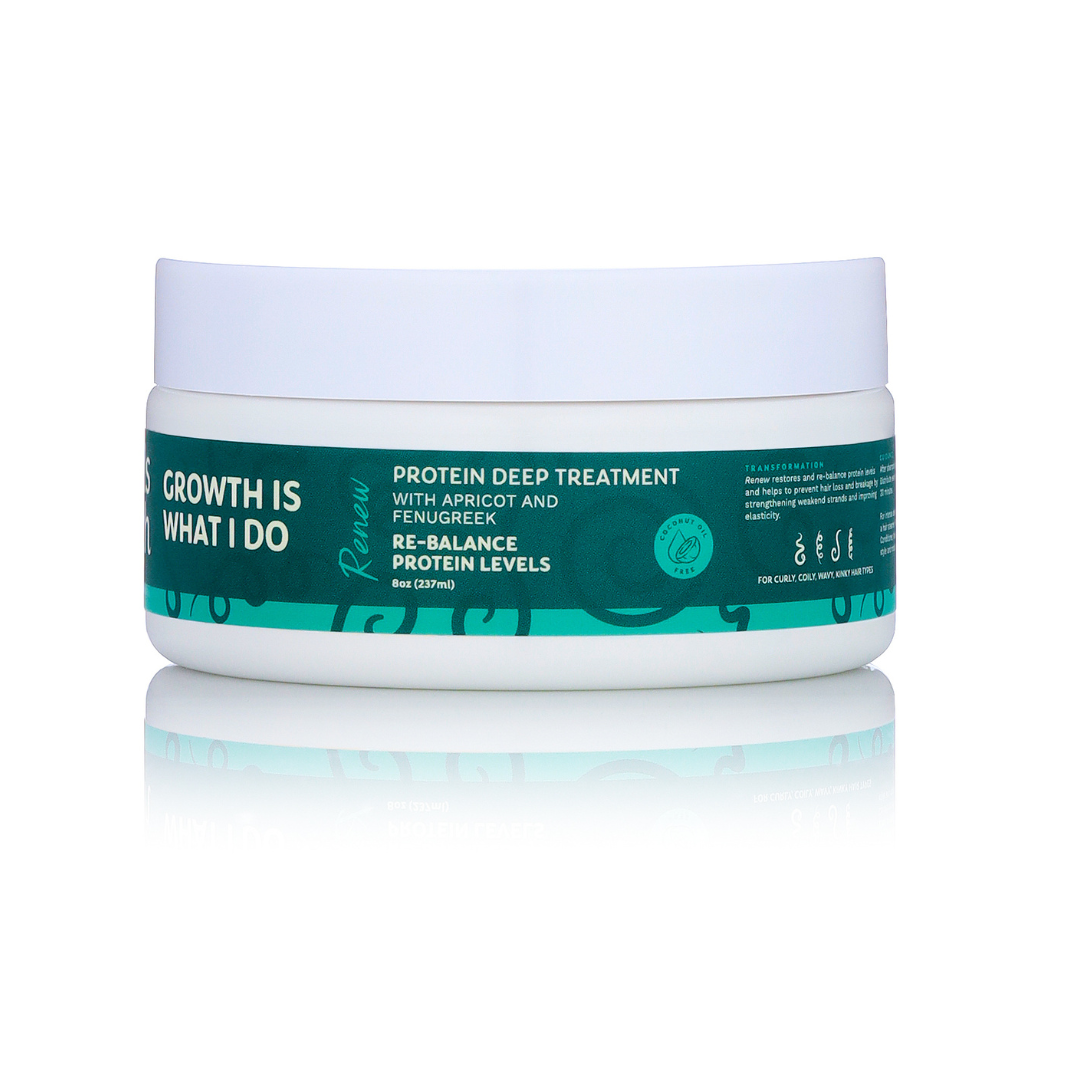
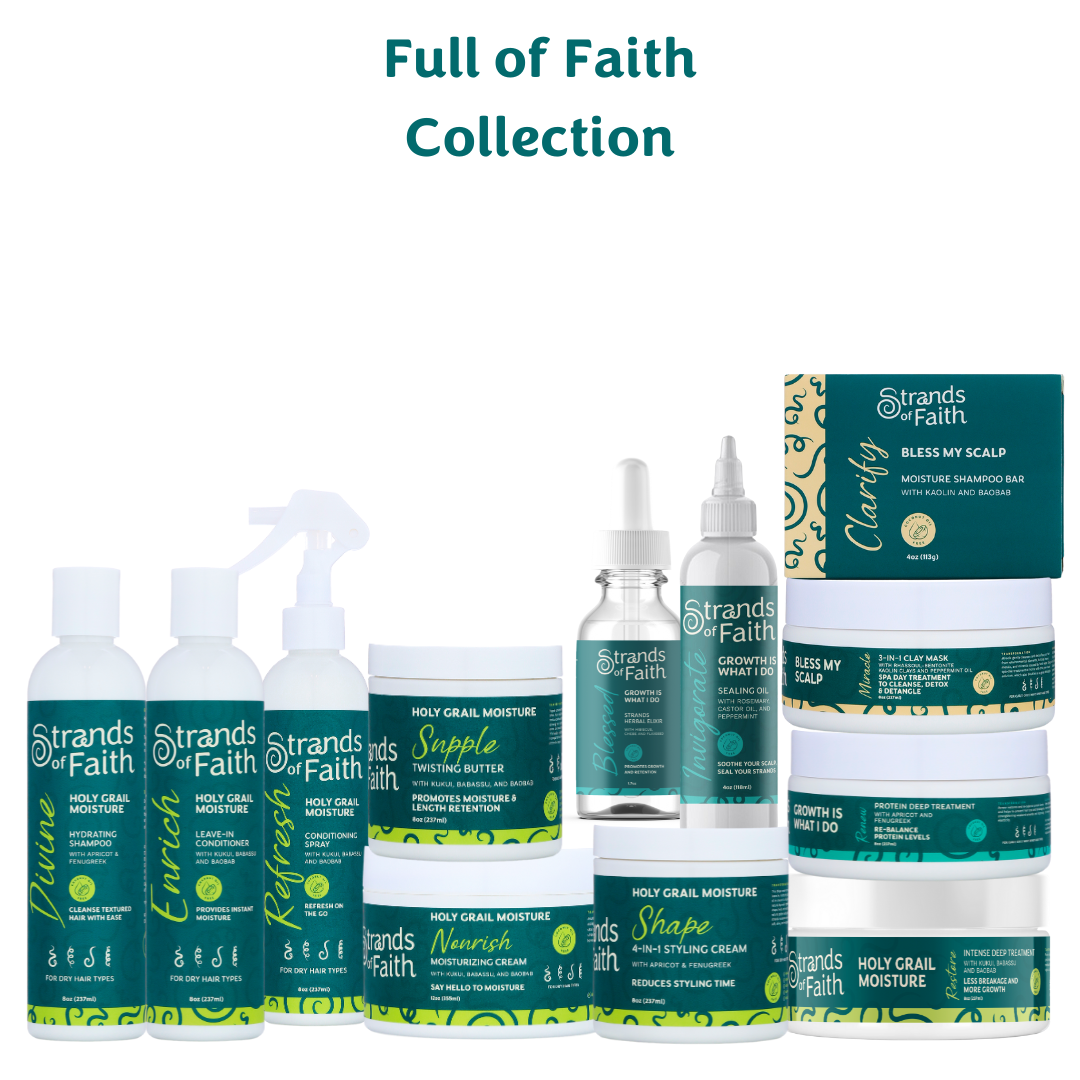
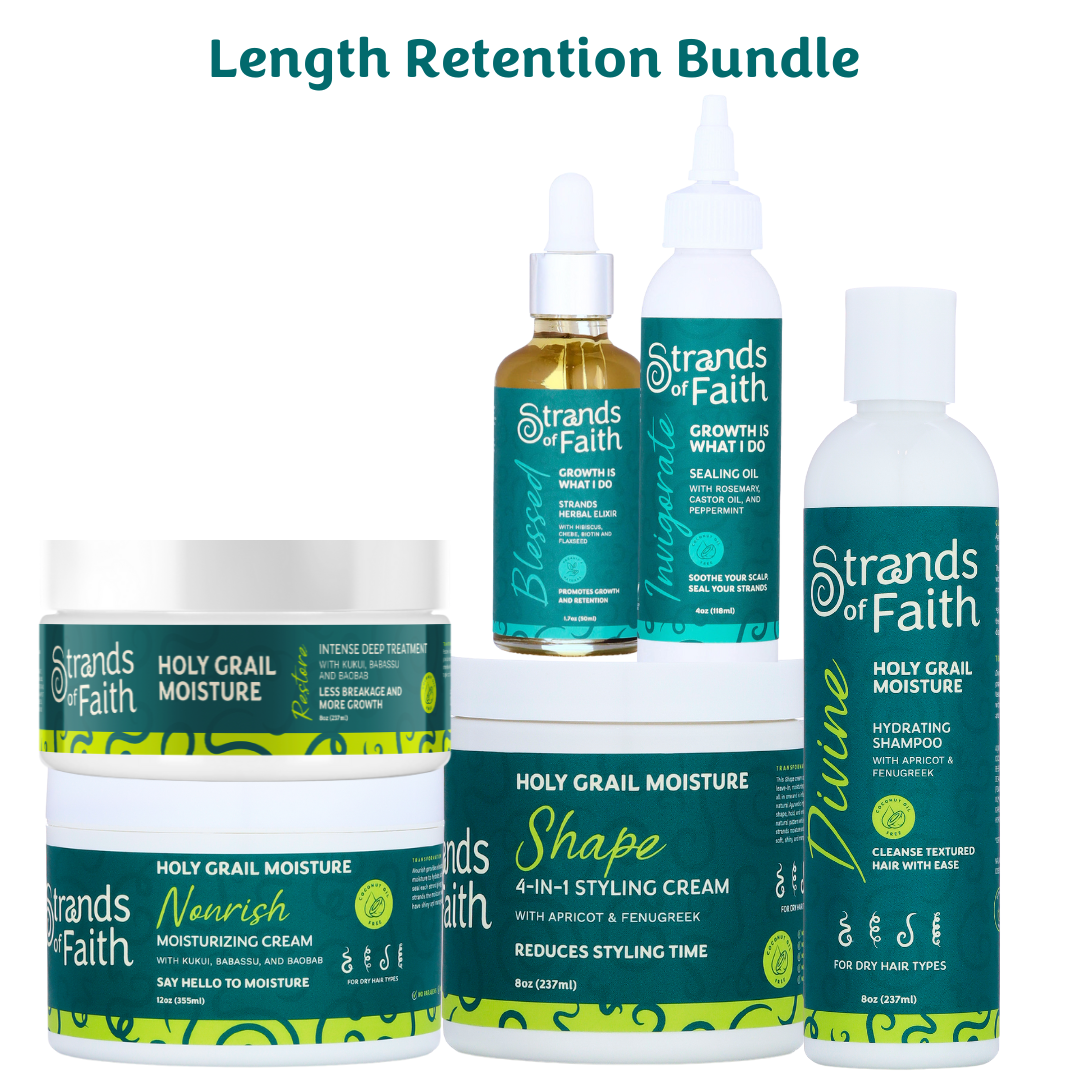

Comment
Hello, and thank you for “breaking it down” on textures and moisture, and our need to embrace ourself just as we are❤️🙏🏽